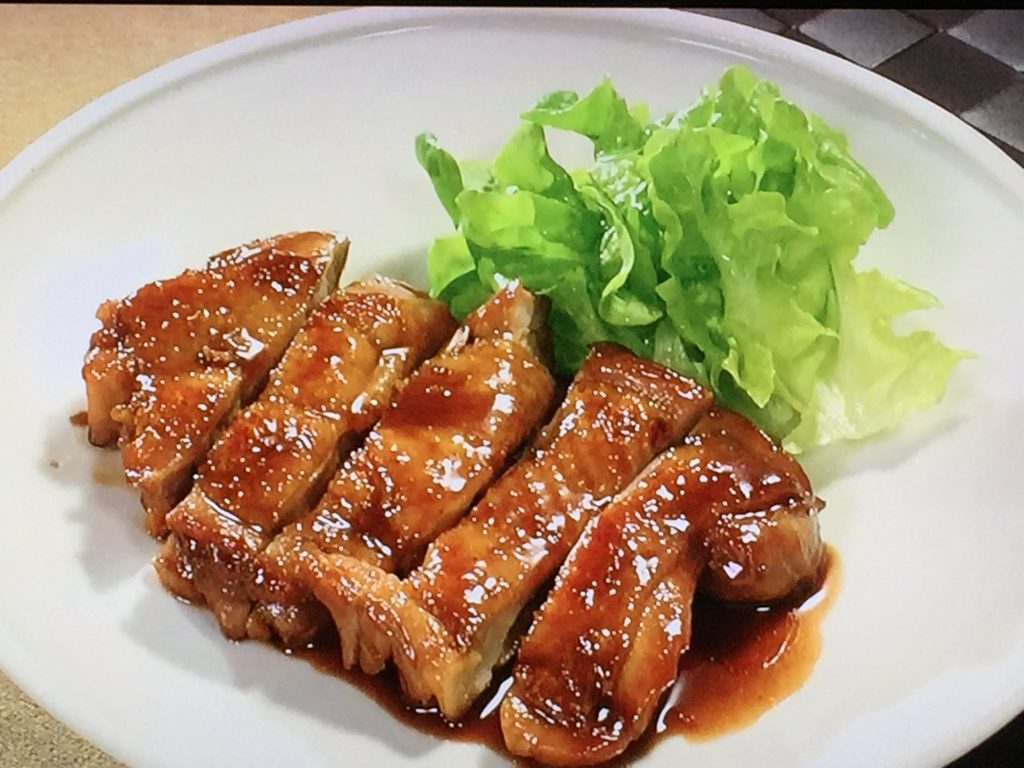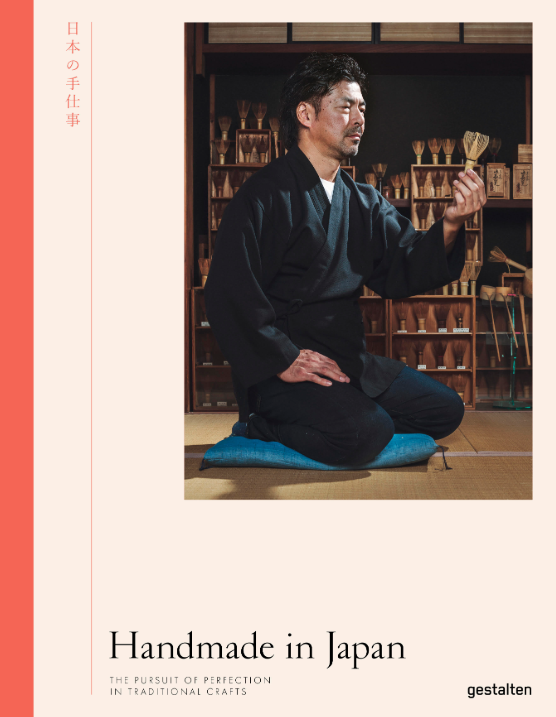A lonely middle-aged man gets a surprise visit from a beautiful genie in Tokyo. This magical encounter changes their future in ways they could never have imagined!
It’s a story about selfless acts of kindness, love and hope, and an appreciation of the Japanese culture.
“You know what Hana, women are the cause of all the problems in life,” Taiki said to his Siamese kitten. “They fulfill every desire in your heart and soul and then they disappear. My mother left me when I was a teenager, never to be seen again, and my wife died after thirty years of marriage. You’re nearly as bad as them. I should have chosen your brother instead of you when I bought you from the pet shop. You’re always ignoring me.”
Hana turned her head away from Taiki and stretched out on the tatami flooring.
“See, you don’t want anything to do with me. It’s because you’re female. I feed and brush you every day but you don’t appreciate it. You still ruin my furniture. You don’t care about me at all.”
Taiki leaned over to the dresser and pulled a new microfibre cloth from the bottom drawer. He began to lightly polish the brass teapot he’d bought that morning in Kappabashi Kitchen Town. Its ornate etching and floral design had caught his eye when he was looking for a cheese grater in one of the many small shops in the area. It had cost 5,000 yen and he’d hesitated to buy it but the sales assistant had told him it was rare, a good purchase, and reasonably priced. After ten minutes of indecision, he’d bought it along with the grater. Returning home on the train, he’d berated himself several times under his breath for spending too much money.
Taiki sat cross-legged, warming his toes under his kotatsu heated table. The grandfather clock chimed and Hana suddenly jumped up. She crept towards Taiki and sat on the cushion next to him. Taiki looked down at her big blue eyes that changed colour in the light. Depending on the time of day, they were pale and iridescent or a pretty indigo hue, much like the hydrangeas that blossomed in the rainy season, beautifying the street leading up to his home.
He reached over and caressed his kitten’s back. “Okay, I forgive you. You don’t always ignore me and you can be very sweet sometimes.”
Hana purred and Taiki stroked her forehead.
“I bought this teapot hoping you don’t scratch it. Look at this apartment, Hana. It’s practically bare. If I buy anything expensive it always gets ruined. Either an earthquake will smash it or your claws will tear it to pieces and I’ll have to throw it away. All my wife’s precious belongings have been destroyed.”
Hana rubbed her head against Taiki’s right hand.
“Sachiko used to love shopping before her breast cancer took over her life. She filled this apartment with lots of trinkets but now they’re all gone.”
Hana turned her head to one side.
“I know you’re looking around too, aren’t you Hana? You can see I have nothing of value.”
Hana looked back and put her paw on his arm.
“Well, of course you’re important. I hate being alone. I’m lucky you’re here with me. Please don’t ever leave me, Hana.”
Taiki reached over to the plastic bag on his left and took out a tin of brass polish. He began rubbing the spout of the teapot with renewed vigour.
“I wish I could find another woman to love me as much as Sachiko did,” said Taiki, rubbing even harder.
A few puffs of lilac smoke spat from the spout of the teapot and dissipated into the air. A thicker purple cloud emerged. It cleared in just a few seconds to reveal a young and attractive Persian girl with exotic features.
Taiki squinted, blinked three times, and looked up, mouth wide open. Hana sat up in a crouched position. Her eyes were alert. Now a shade of periwinkle. She raised her right paw in the air as the last of the purple haze disappeared.
The Middle Eastern girl looked at Taiki and his cat. Her large almond-shaped eyes were gentle and soft, despite the heavy black eye-liner. She was scantily dressed in pale pink harem pants and a silver crop top. A transparent silk veil covered her mouth and nose. This vision of loveliness fell to her knees and bowed before Taiki until her forehead was almost on the floor.
“Your wish is my command, dear sir,” she said.
Read the full story on the Books on Asia website.
















